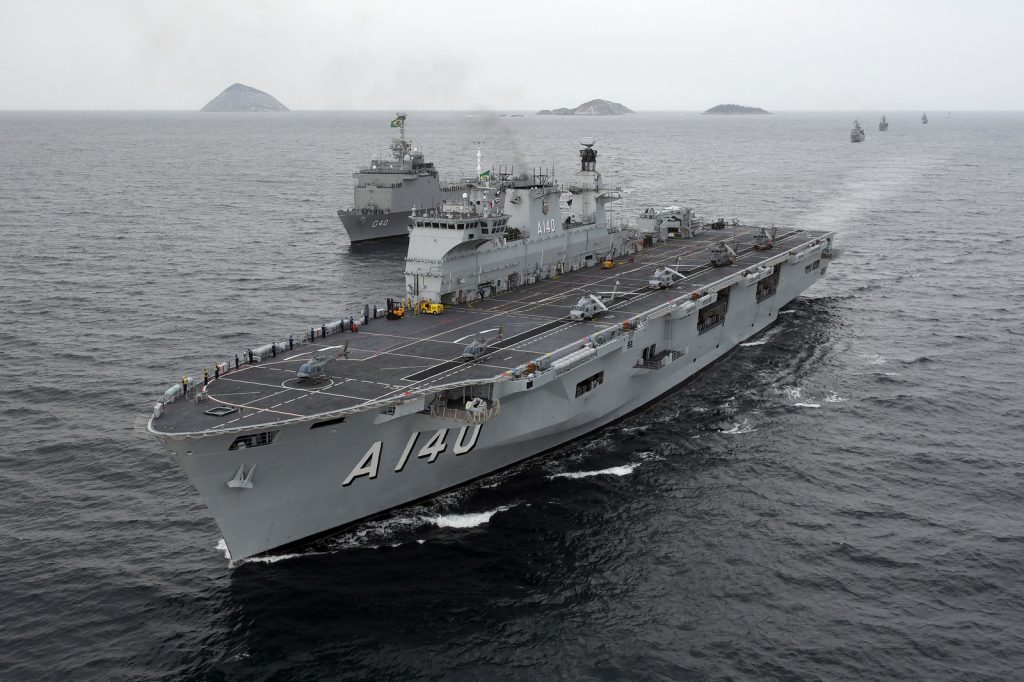I'm moving this conversation from the NZ thread as it's OT... this is regarding possible SAM fitment in the Type 26 Mk41 VLS.
Adding a missile capability to a ship takes a heck of a lot more than modifying the CMS. You need the missile command and guidance electronics (usually a number of electronics cabinets). These interface with the CMS and pass target data to the missile, they also sometimes control launch sequencing.
And it doesn't matter if the missiles are active or not, you still need a datalink to guide them. If you launch a long range active missile, by the time it get's close enough to the target area to use it's onboard radar the target could be somewhere completely different. The datalink keeps the missile updated with the target's position as it transits (it also does other things, but that's the main one).
Unless the ship's configuration is very different from what's been shown publicly, I don't see any of the equipment needed for such missiles. I do see the MBDA Platform Datalink Terminals required for Sea Ceptor, but nothing else.
Also, as a side discussion, wouldn't the RN buying American SAMs be a major policy shift? The RN has always deployed Britsh/partially British AD missiles. Wouldn't it be strange to support two different missiles that have the same role in the same navy?
There are quite a few things going on with potential to have a significant impact on the RN, as well as significant room for new things to develop or be developed.
One of the first is the continued and furthered expansion of offboard sensing systems and datalinks to provide a common operating picture. While the RN/RAF does not, to me knowledge, have plans to adopt or integrate CEC, there is a latent and increasing potential for assets other than a launching RN ship to detect targets or provide in-flight updates to missiles launched at a target.
Another is the potential value and importance of RN task forces once the UK resumes fixed-wing/carrier operations. The potential sensor footprint a RN carrier task force could easily cover hundreds of km's and possibly exceeding what the Type 45 DDG's can protect, given their numbers and the size/option ranges for missile loadouts. In that regard, the RN could easily find itself wanting more surface vessels able to aid with engaging long-ranged targets, and/or having the ability to carry out engagements at ranges longer than the RN currently is able to.
When one also looks at the potential Brexit impact coupled with current and future development of US and European weapons systems, I could easily see the UK starting to look more a US-sourced missiles/systems, or IMO even more likely, looking at more joint UK-US development of such systems. The UK already has a degree of air defence missile capability overlap between Sea Ceptor and Aster 15, but AFAIK there is no version of Aster 30 in development which is intended to provide the sort of performance found in SM-6. I could easily see the UK finding itself in a position where it is forced to change some of the acquisition policies because what is needed is just not available from what had been traditional sources for the UK.

